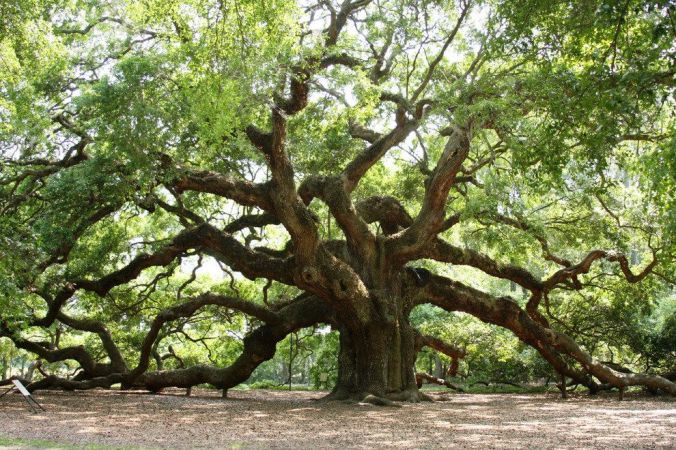The sun is rising here in Armenia and it looks like another beautiful day. Armenia gets 300 days of sun a year. Much like Southern California, where there are so many Armenians that the street signs in some neighborhoods are written in Armenian. Armenians came to live there because the Turks had taken over part of Armenia and the Christian Armenians had run for their lives. Even today the border is highly fortified and no one can travel between Armenia and Turkey. America’s famous Armenians, the Kardashians, recently came back to Armenia to commemorate the destruction of Western Armenia by Turkey.

From much of Armenia, you can look out on Mount Ararat which was historically Armenian and is now a part of Turkey and can’t even be visited by Armenians. Armenia was the first Christian country–with monasteries and churches almost 2000 years old. Later, enemies overran Armenia and all the countries around it, but somehow the Armenians survived and reestablished their country though almost surrounded by Moslem countries. In addition to Turkey, Armenia also has closed borders with its Moslem neighber Azerbaijan, due to a war after the Soviet Union broke up.
But Armenia is good friends with many Moslem nations today. Many Americans are surprised to learn that Iran and Armenia share an open border. I traveled the road to Iran and saw mileage markers written in Iranian numerals.
Iranians love to come to Armenia because they can take off the headscarves and long robes, drink, eat pork and see recent movies–all prohibited in Iran. Armenians like all the money Iranians spend and welcome their visits.
Many Americans believe Iran is our enemy and Armenia is our friend, yet Iran is Armenia’s friend. Many forget Iran used to be our friend and for centuries invaded, destroyed and fought Armenians. Things get confusing in the real world.
Iran decided in the 1930s that people shouldn’t call it Persia. Until then, the West had always known it as the Persian empire. This empire swept through Armenia, destroying monasteries, universities and libraries. The ones which survived were in remote mountainous regions. I’ve visited many of them and they are hard to get to even today.
The Persian Empire included territories from Greece to China and was the largest empire the world had ever known. The religion of Persia in those days was Zoroastrianism–the first widespread monotheistic religion. Zoroastrianism was severely repressed when the Moslems took over Iran. Nearly all Zoroastrians fled to India and the US.
The lack of freedom in Iran is such a severe contrast to the freedom of Armenia. You might wonder why the Iranian government doesn’t close the border with Christian, freedom-loving Armenia. The answer seems to be that the yearning for freedom is so great in Iran that the government must leave some outlet. So it leaves the border with tiny Armenia open so those who need a taste of freedom can come and enjoy it.
I’ve traveled all over Armenia and everyone has been gracious and helpful. I’ve yet to hear a harsh word from anyone–except for the lady who reminded me I was walking by without paying at Geghard Church. I was glad to pay about 50 cents for the privilege of seeing a church carved into stone with a sacred spring arising in its middle.
Peaceful, hard-working, freedom-loving Armenia has managed to keep its Christian traditions while trapped between hostile Moslem countries. What a contrast to the US, where Christianity is declining with no Moslem countries within thousands of miles. Americans have a lot to learn from Armenia.
 So maybe Americans will be patriotic in 1500 years if we become surrounded by enemies. It certainly helps to have an enemy to gin up patriotism. In recent times, Americans were most proud of their country right after the attacks of 9/11. Polling today records the lowest numbers ever of Americans saying they are proud to be an American. Over the years, Republicans have maintained the same level of high pride in America. Those calling themselves Democrats are the least patriotic. Less than half say they are extremely proud to be Americans in the latest poll. This is the lowest level ever. The second lowest for Democrats was during the Bush administration. Some Americans’ patriotism appears to be determined by whether they control the White House.
So maybe Americans will be patriotic in 1500 years if we become surrounded by enemies. It certainly helps to have an enemy to gin up patriotism. In recent times, Americans were most proud of their country right after the attacks of 9/11. Polling today records the lowest numbers ever of Americans saying they are proud to be an American. Over the years, Republicans have maintained the same level of high pride in America. Those calling themselves Democrats are the least patriotic. Less than half say they are extremely proud to be Americans in the latest poll. This is the lowest level ever. The second lowest for Democrats was during the Bush administration. Some Americans’ patriotism appears to be determined by whether they control the White House.